Cosmetic Dentistry
Restorative Dentistry
Implant Dentistry
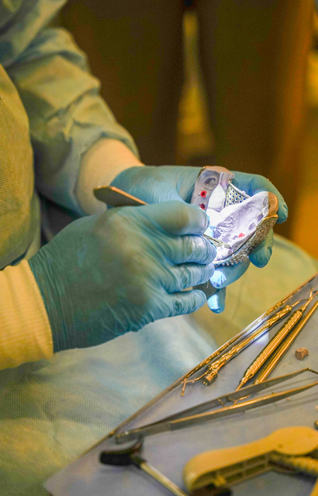

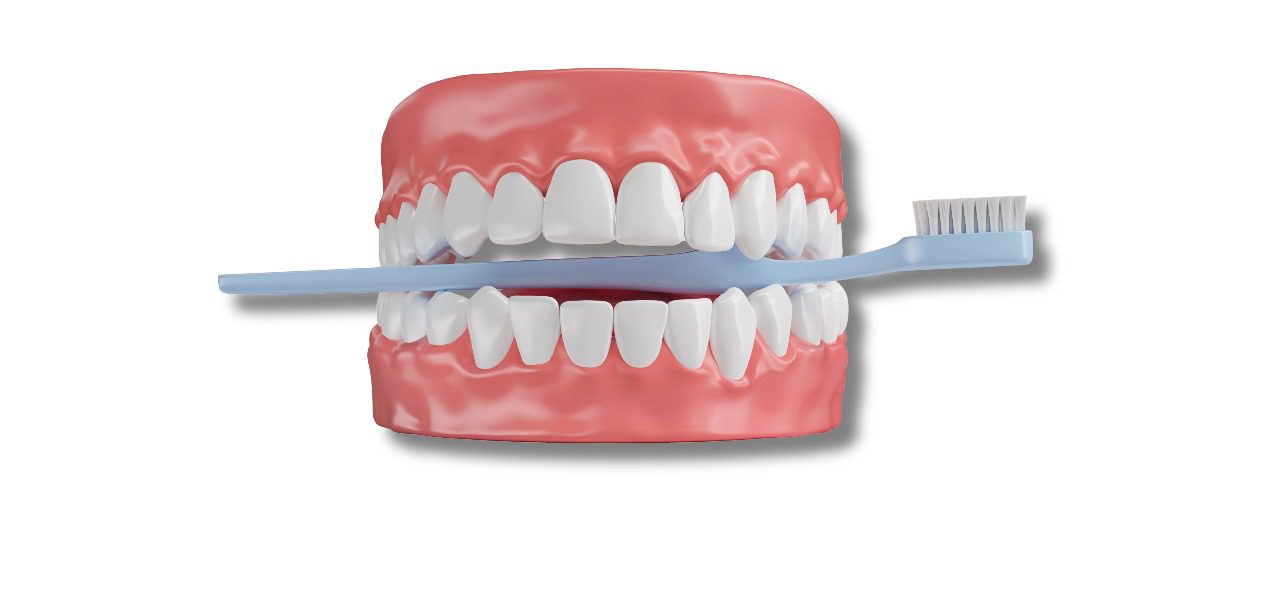
How do you get a beautiful smile that is bright, white and captivating?
The secret to a captivating smile lies in having brighter and whiter teeth. Many adults are becoming more self-aware of how their smiles look, Thus they have resorted to teeth whitening procedures to achieve a more compelling smile.
Teeth whitening or dental veneers are the most popular option that many people choose. Why you might ask? Due to their instant amazing results.
In this article, we’ll explore teeth whitening treatments, how much they cost, and how long, after care and with many other amazing details.
Teeth whitening is a cosmetic dental procedure that is risk free, that aims to lighten your discoloured teeth and get rid of plaque and tartar.
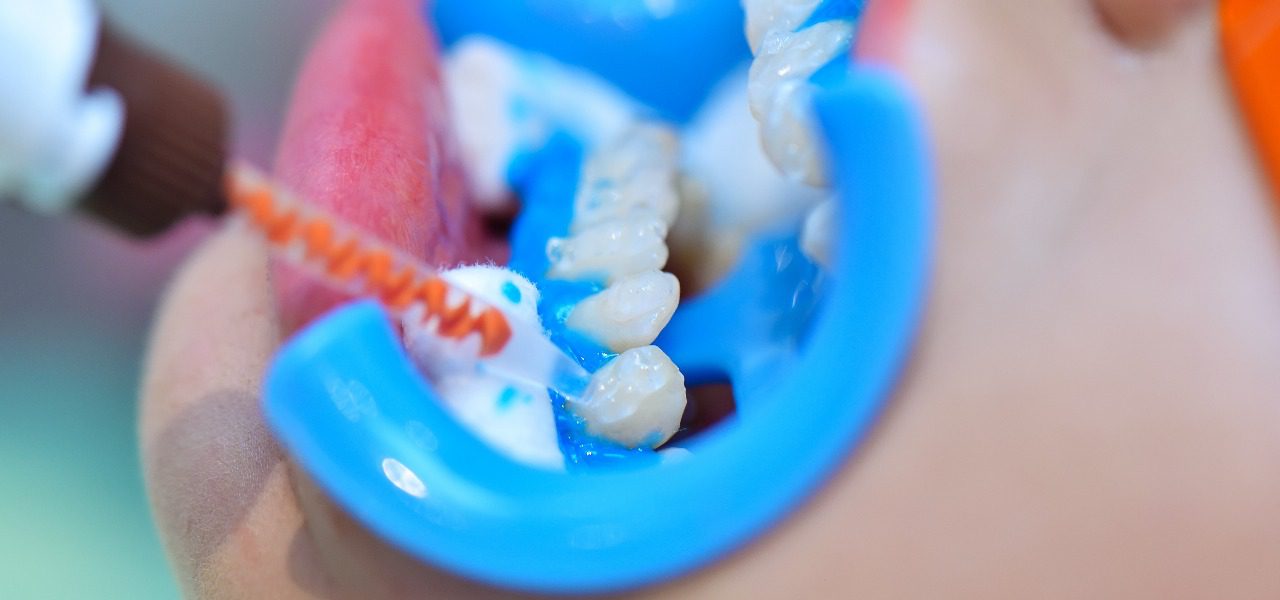
Teeth whitening is a basic procedure without any hassle, that consists of 3 main steps;
This is the key step to getting teeth whitened, you start by booking a consultation with your dentist. The doctor then examines the condition of your teeth, gums and determines whether you can undergo the whitening procedure or not.
If the answer is a yes then he will provide you with a rubber shield to place on your gums to protect them from the whitening agents used to bleach your teeth.
On step two the doctor uses the whitening agent or gel, those agents are where the famous reputation of that procedure comes from. After their placement they use a special machine that shines an LED light or laser in cycles to lighten the teeth’s colors.
This LED light or Laser breaks down the materials that were placed on your teeth during the procedure. How? Because these ingredients break down on the teeth and get into the enamel, which lightens the color of your teeth. These gels and agents contain a higher percentage of an agent called ‘’peroxides’’ compared to at-home teeth kits. This percentage makes these types of procedures more successful and yield better results.
So, what is the actual science behind this procedure? We will tell you and give you a simple breakdown of how this process works.
Teeth whitening usually begins after the gum-guard is placed, and the agents begin getting placed on your teeth.
These bleaching agents consist of peroxide-based agents (Hydrogen peroxide or Carbamide peroxide). These agents release a reactive oxygen species which chemically oxide with the stain molecules. This happens on the surface of the tooth and the inside.
In simpler terms the peroxide breaks apart the coloured molecules that make your teeth look yellow, or brown. That happens because the agent breaks less pigmented molecules, that itself is the core of what makes teeth look whiter.
Have you ever thought, what is the key difference between the teeth whitening paste, or gels over the professional teeth whitening?
It is safe to say that there are tens if not hundreds of over the counter whitening products. How do we choose from all that noise, what’s best for us?
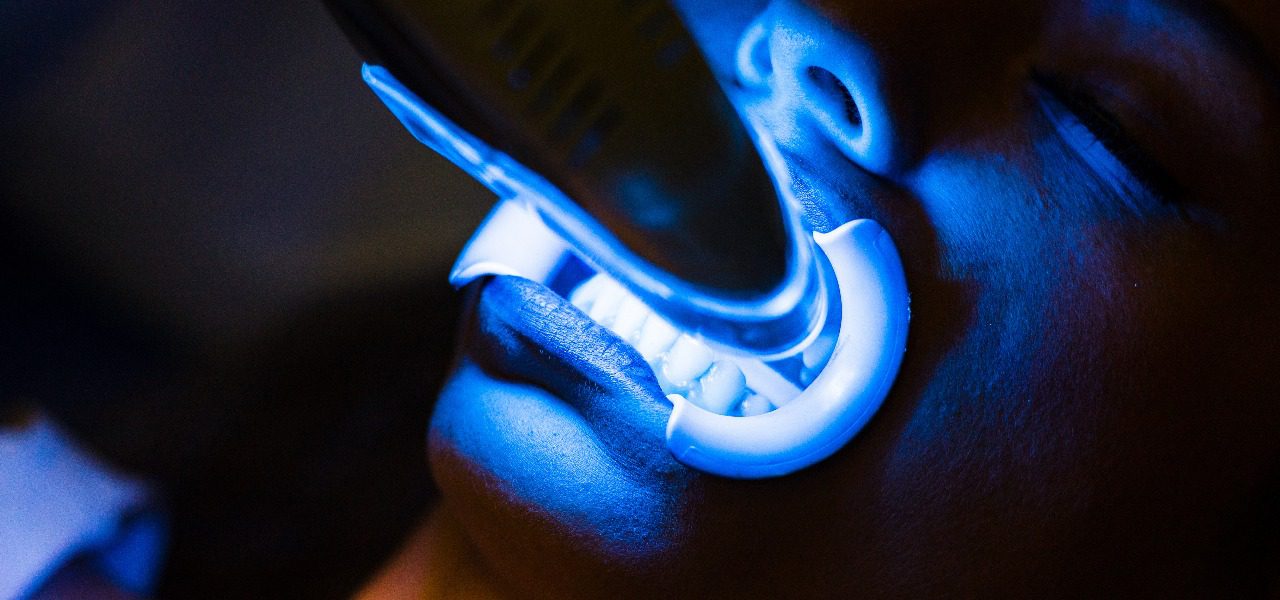
Visual→ find a picture like this where someone is getting whitening treatment with a dentist
Professional whitening is much safer, than over the counter as it is treated as a Dental treatment. That means that it is a legal and clinical procedure in the UK, and many other countries.
Products releasing between 0.1% and 6% hydrogen peroxide must be supplied or administered by a dental professional; stronger concentrations are not permitted for cosmetic use outside professional control.
That itself gives you an indicator that the DIY tools and products are not medically guaranteed because of three reasons;
Pros and Cons of professional whitening:
Professional whitening is a highly monitored procedure, from the materials used to the sensitivity of the LED machines used.
The NHS Dental pharmacy published a PHARMACY DENTAL FACT SHEET in 2022, which is a PDF that contains informational guidelines on what you should ask your dentist.
| Professional Whitening Pros | Professional Whitening Cons |
| Stronger results Uses safe concentrations of hydrogen peroxide (0.1–6%) under dental supervision. | Cost Significantly more expensive than OTC products. |
| Customised care dentists assess oral health, select the right system, and match shades with existing restorations. | Time Requires at least one clinic visit, sometimes multiple. |
| Safety measures gums and soft tissues protected; sensitivity monitored. | Side effects Temporary sensitivity or gum irritation possible. |
| Faster and longer-lasting In-office systems can deliver visible results within 1–2 sessions. | Not permanent results fade with diet/lifestyle; touch-ups needed. |
| Regulated & legal performed only by registered dental professionals under the General Dental Council. | Limitations Won’t change the colour of crowns, veneers, or fillings.
|
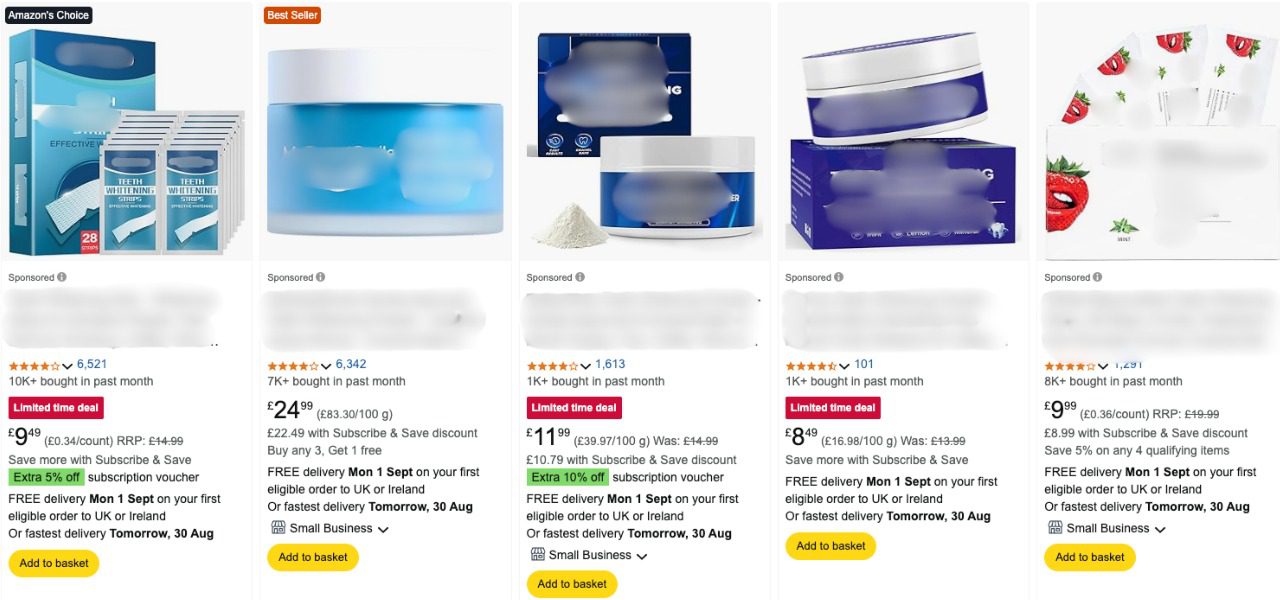
Visual → Show a picture from amazon displaying the many whitening treatments
What they are
They are whitening toothpastes, strips, gels, and LED kits sold online or in shops. They usually contain very low hydrogen peroxide (≤0.1%) or non-peroxide alternatives.
These products could promise a lot, they tend to under-perform due to their lower peroxide concentration,which oxidizes the yellow, or brown colouring on the tooth.
Pros and Cons of over the counter whitening products:
White promising, they have no absolute guarantee other than the testimonials that can be found online on reviews by customers. They an array of pros and cons that we’ll explore;
| Over the counter pros | Over the counter cons |
| Affordable OTC products are generally far cheaper than professional whitening. | Lower Strength By law in the UK/EU, OTC products can contain no more than 0.1% hydrogen peroxide. |
| Convenient & Accessible Widely available in pharmacies, supermarkets, and online. | Limited Results Best for mild surface staining only. |
| Ease of Use Products like strips or pens are simple to apply at home, often requiring minimal setup.
|
Longer Treatment Times Noticeable results may take weeks or months. |
| Variety of Options Toothpaste, strips, gels, pens, and LED kits. | Gum & Tooth Sensitivity Risks Incorrect use or overuse can irritate gums or increase sensitivity. |
| Mild Whitening Effect Can reduce surface stains from coffee, tea, or smoking | No Clinical Oversight Can’t assess underlying oral health issues (decay, gum disease, crowns/fillings). |
While the OTC products are tempting, they should be considered as tools that maintain and slightly whiten your teeth. They will not yield the same results of a professional whitening, despite how tempting their marketing is.
Types of Teeth Whitening
Visual→ Showing 4 slides of a person on a chair with a doctor, a person at home on a sofa with a whitening device → amazon listings of OTC products → Turkey flag and a clinic in the picture
There are four types of teeth whitening; In-Clinic, Dentist-supervised home kits, Over the counter products, and finally Turkish cosmetic packages.
Let’s explore those teeth whitening methods, and find out how good they are.
Inside the clinic teeth whitening takes around one, or two visits. It includes the initial examination, placement of gum protection, and cheek retraction for better access to teeth.
Gel is then applied through multiple cycles, then activated using an LED light or laser. Sessions include two or four cycles, each lasting about 15-20 minutes.
Afterwards the gel is removed and rinsed, finally they give you a mirror to assess the results, and walk you through the post-treatment care
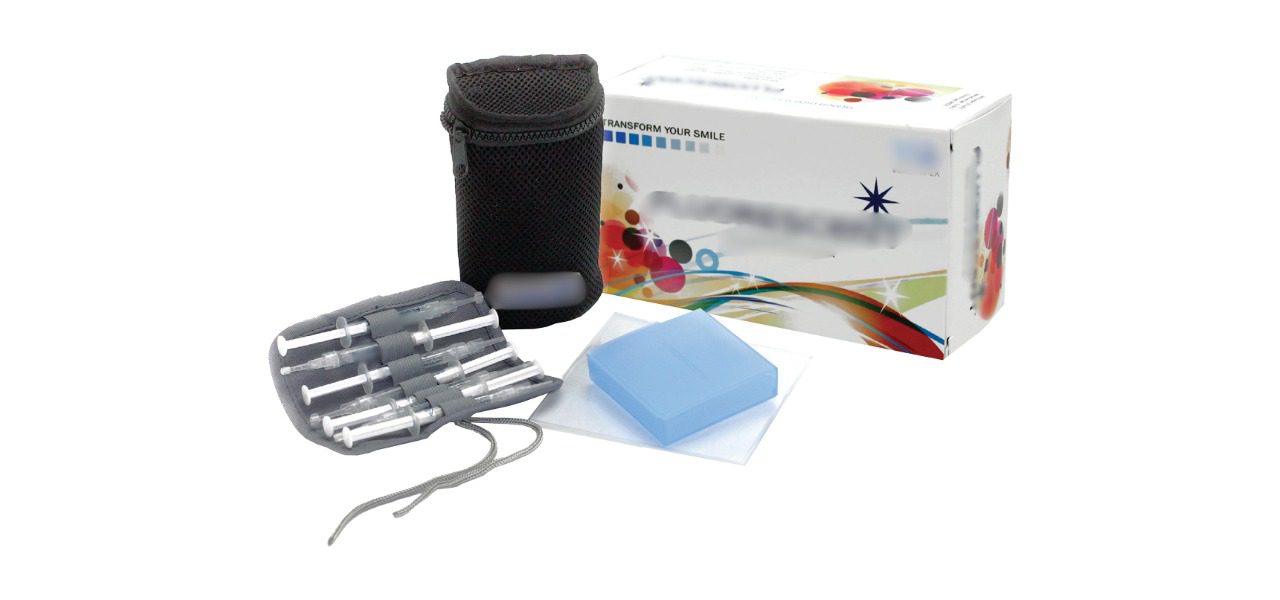
Custom trays are dentist-prescribed kits that combine professional oversight with at-home convenience. A dentist takes impressions of your teeth and creates trays that fit, ensuring even application of whitening gel.
Why it’s different from OTC kits:
Custom trays are actually the best version of over the counter kits. They are provided by a dentist with regard to your gums,teeth, and overall health.
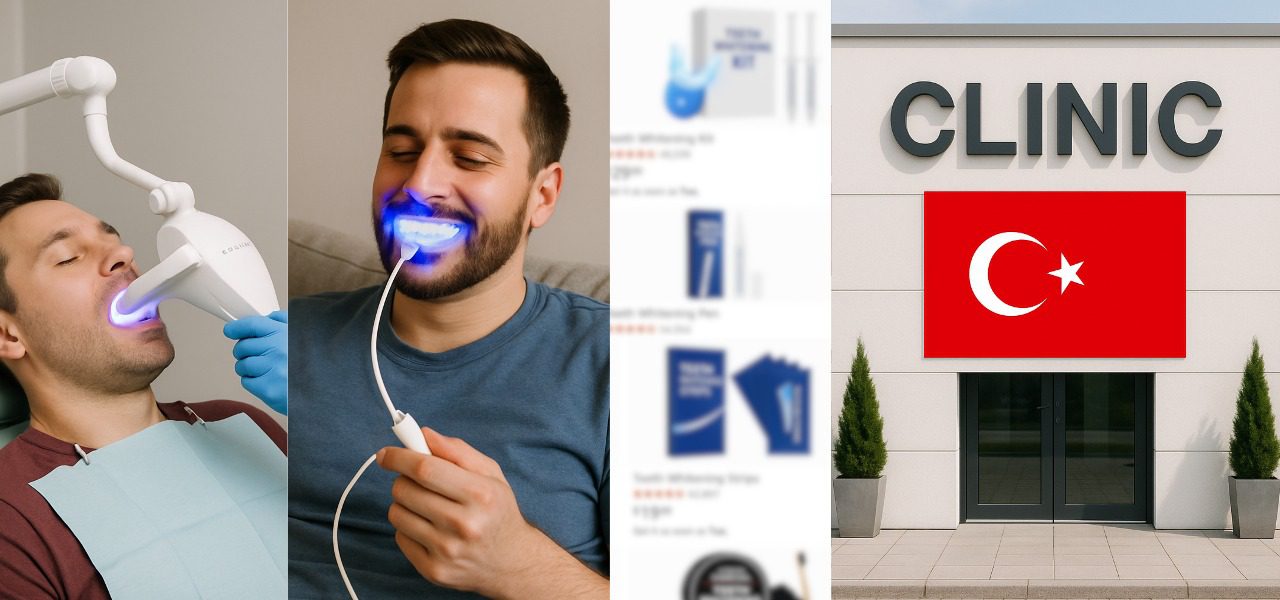
Over the counter whitening products are easily accessible through pharmacies and supermarkets, offering an affordable way to brighten teeth without a dental visit.
But there are some drawbacks to these products such as
Efficacy Limits:
OTC Products are best seen as a supplement or a maintenance tool, not a replacement for the professional whitening treatments.
So what are those cosmetic packages are in Turkey, and how it is related to all of their medical tourism boom that is trending.
Dental tourism packages in Turkey are quite compelling. Clinics in Turkey offer multiple choices whether it is; affordable prices, all inclusive packages, and treatments in one day.
Bundled Offerings:
Cost vs. Quality Tradeoffs:
Dental tourism packages can be an affordable shortcut to whitening plus holiday perks, but careful consideration of clinics is crucial to balance price vs. safety.
Whitening combines the specialized gels with optional devices such as; LED,laser and lights.
This provides a safe outcome, that depends on the workflow used, and gel concentration, as well as how many sessions you will get.
In a clinical environment there are a sum of checklists that a dentist has to adhere to, in order to guarantee a perfect outcome;
Gel & Hydrogen Peroxide use in UKs clinics.
It is important to understand what’s actually in the gels, what’s legally allowed in the UK, and how often it is safe to repeat.
Multiple people think that stronger concentrations are better, but in reality there are clear limits designed to balance results with safety.
Typical Concentrations for whitening gels:
Hydrogen peroxide (HP): Most effective whitening agent; typical professional in-office gels are up to 6% HP equivalent (or released from higher % carbamide peroxide).
Carbamide peroxide (CP): Commonly 10–16% CP in dentist-prescribed home trays (≈3–5% HP equivalent).
The UK has strict rules around the usage of HP as it could severely damage the teeth to the point of no return. Which is why they have implemented a series of laws and rules that limit the usage of HP in over the counter products.
UK / EU Legal Limits
We have gone through the
Visual → find something similar not copyrighted
Whether its clinics in the UK or Turkey, the cost varies according to where that clinic is. We’ll be fair in our comparison, the average price for a whitening treatment in London is £450 to over £1,000, while at home kits are around £100 to £400. Turkey’s whitening treatment on the other-hand costs £100 to £250.
Turkey offers more affordable prices, but the drawback is that you have to find a reputable clinic that will give you your money’s worth.
If you’re in Turkey or the UK we’ve crafted a table containing; the price of the in-office LED treatments, home kits price, session duration, gel concentration, longevity, regulations, and sensitivity risk.
| Factor | Turkey | UK |
| Typical Price (In-office LED/laser) | £100–250 per session | £200–£1000 per session |
| Dentist Home Kits (custom trays) | £100–£200 | £200–£400 |
| Session Duration | 45–90 minutes, usually 1–3 sessions | 60–90 minutes, often single session |
| Gel Concentration | Often higher peroxide % available (sometimes above 6% HP, depending on clinic) | Legally capped at 6% hydrogen peroxide (or ~16–18% carbamide peroxide) |
| Longevity of Results | Typically 6–12 months | Also 6–12 months on average |
| Regulation / Oversight | Varies by clinic; may not follow strict EU/UK limits | Strictly regulated by UK law (GDC + EU rules) |
| Sensitivity Risk | Slightly higher if stronger gels used or with laser; varies by clinic protocol | Moderate risk, but controlled by regulated gel % and dentist supervision |
So if you’re traveling abroad, be sure to ask about the gel concentration they’re using, and sensitivity risks.
Whitening results don’t stop at the clinic chair, how you care for your teeth afterwards will decide how long your brighter smile lasts.
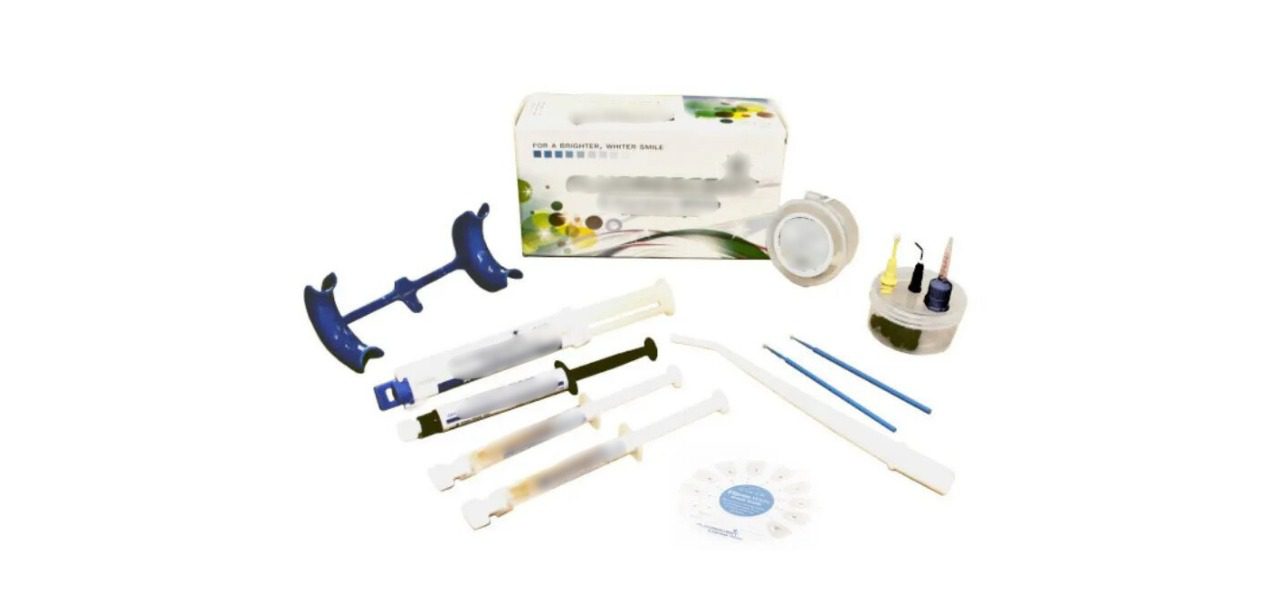
In the first two days, your teeth enamel is more porous(has holes), which can lead to easier absorption of stains. In order to avoid any stains you have to follow a white diet to protect your teeth.
According to a study published by the NHS, they have discussed that your teeth become more sensitive. So it is best to follow the following checklists;
Do after whitening treatment:
Avoid after whitening treatments:
Your daily-life habits have to change in-order to preserve the results of your whitening treatment.
Typically whitening treatment results vary, but most people maintain their whitening from 6-18 months depending on their diets and lifestyles.
Touch-ups: these are sessions or dentist-prescribed trays to keep results fresh. Smokers and daily coffee/tea drinkers often need touch-ups sooner.
Habits that help:
Note: Too much OTC products can cause gum irritation or enamel wear, so you must always follow a dentist’s guidance.
A: Teeth whitening is generally considered a painless procedure, but some people may experience temporary tooth sensitivity or mild discomfort in their gums afterwards. This occurs because the bleaching agents can temporarily affect tooth enamel, but the sensitivity typically subsides within a few days.
A: The results of teeth whitening are not permanent and the duration varies from person to person. Typically, the effects can last anywhere from 6 months to 2 years on average. The longevity of your results depends heavily on your diet and lifestyle. Habits like smoking and consuming staining foods and beverages like red wine and coffee can cause your teeth to discolor more quickly.
A:No, teeth whitening is not equally effective for everyone, and not all teeth will whiten to the same extent. The degree of whitening depends on factors like genetics, age, and the type of discoloration present. Whitening is most effective on yellow-brown stains, while gray-blue or tetracycline stains are more resistant.
A: The most common side effect is a temporary increase in tooth sensitivity. This is because the bleaching agents can temporarily irritate the nerves inside the teeth. Another potential side effect is gum irritation, which can occur if the whitening gel comes into contact with the gums and soft tissues. Both sensitivity and gum irritation are usually temporary and subside a few days after the procedure.